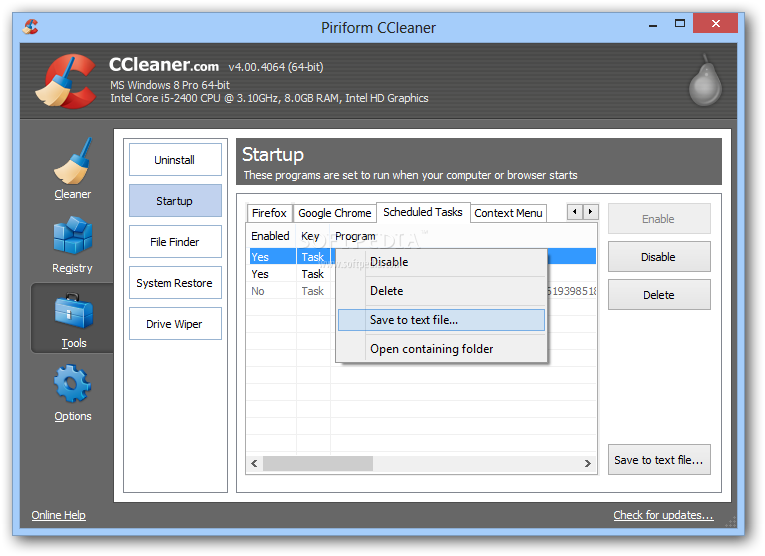

The malware has managed to prevent you from even accessing the infected computer's media disc drive? Then you'll have to physically take out the hard drive from the infected computer, connect it to another Windows computer as a slave or external drive, and have this second system run Malwarebytes Anti-Malware to scan and clean the drive.ģ. If that's the case, you'll then have to copy over mbam.exe from another computer, renaming it first to another name of your choosing, and then clicking on it directly to run it on the infected computer.Ĭan't use the USB ports of the infected Windows computer because the malware has blocked access to them? Try copying the installation file to a writable CD or DVD. We suggest renaming the Malwarebytes Anti-Malware installation file to whatever you like before you run it on the infected Windows computer - there have been malware known to delete the installation file, recognizing that it's Malwarebytes' tool by its file name.įurthermore, even if you can successfully install Malwarebytes Anti-Malware, the malware may immediately delete the executable (mbam.exe) before you have a chance to start it. If you're trying to clean out malware from an infected Windows computer that is obviously preventing you from visiting the Malwarebytes site: You'll have to download the tool from another, un-infected computer and copy its installation file onto a USB flash memory stick or USB external drive. That is a testament to how effective Malwarebytes Anti-Malware is - many malware writers try to block you from using this specific tool. Chances are, if you cannot visit the official Malwarebytes site (either the domain is blocked, or you're forwarded to another domain), then your Windows system has already been infected by malicious code.


 0 kommentar(er)
0 kommentar(er)
